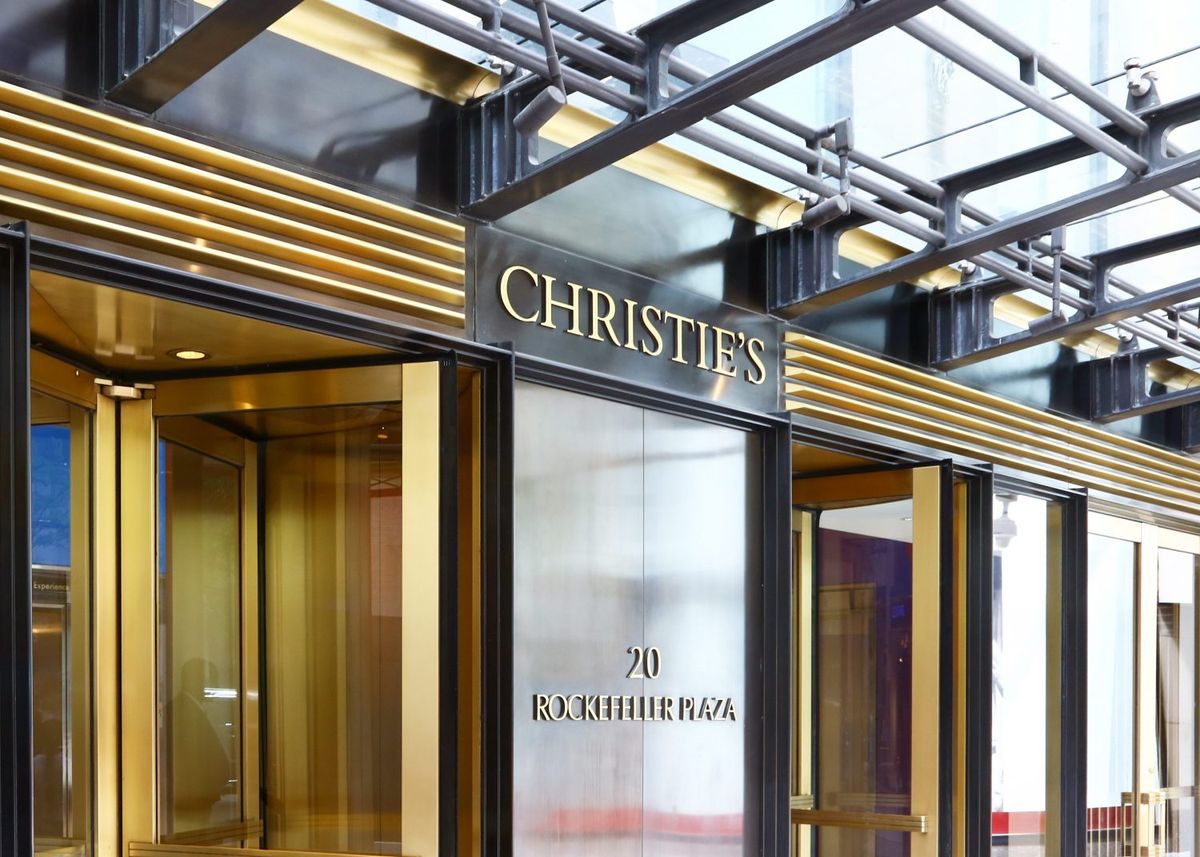It seems to have come as a surprise to everyone, not least the auction houses, that New York City has ditched the regulations that have governed the way that these institutions have done business for decades. The decision to repeal the rules was part of a broader move to stimulate the US economy but—as ever with broad brush decisions (think: Brexit)—did not take into account the nuances of the quirky art market.
Seasoned auction-goers are aware of some of the codes that were stipulated by the New York regulations. These included the declarations at the start of a sale that there are parties with a financial interest in certain works, including guarantees, who could be bidding on them. Because of the rules, we know that a work’s pre-sale low estimate comes somewhere a bit above a consignor’s reserve price, and that so-called “chandelier bidding”, the dubious practice of inventing bids to generate excitement, can only go up to that reserve price.
As Anne-Laure Alléhaut, an art lawyer at Patterson Belknap Webb & Tyler, notes, auction houses have a duty to maintain standards, to promote transparency so that buyers don’t feel cheated by the process. The City’s regulations proved rather useful, for example, to stop sellers from doing things like—I kid not—bidding on their own consignments without due disclosure. And while the auction houses are making all the right noises, I’m not convinced they won’t take advantage of lesser oversight if the client need presented itself.
The truth is, the wink and nudge codes were not really serving their purpose. Anyone walking into an auction room for the first, or even second, time wouldn’t have a clue what was going on behind the numbers. The so-called transparency of public sales has dimmed considerably since the prevalence of guarantees, third-party guarantees and other financial instruments that we probably don’t know about. The pre-auction announcements have grown increasingly garbled and are not readily available to anyone afterwards.
So I agree with the City spokesperson who told the New York Times that the regulations were “outdated”. As the auctions themselves become increasingly digital and globally accessible, so the regulations around them need to match. And much as I would love the auction houses to self-regulate, I’m not sure that we live in that sort of world anymore, even in the inter-dependent art market.
My hope would be to lobby for new oversights that could enforce stricter, clearer rules. This could include, for example, stopping the highly misleading practice of comparing a with-premium price to a pre-premium estimate, and enforcing the need to declare in a work’s provenance if it has previously failed to sell at auction. There’s a lot of noise from the auction houses about boosting consumer confidence—let’s see if they really mean it.



